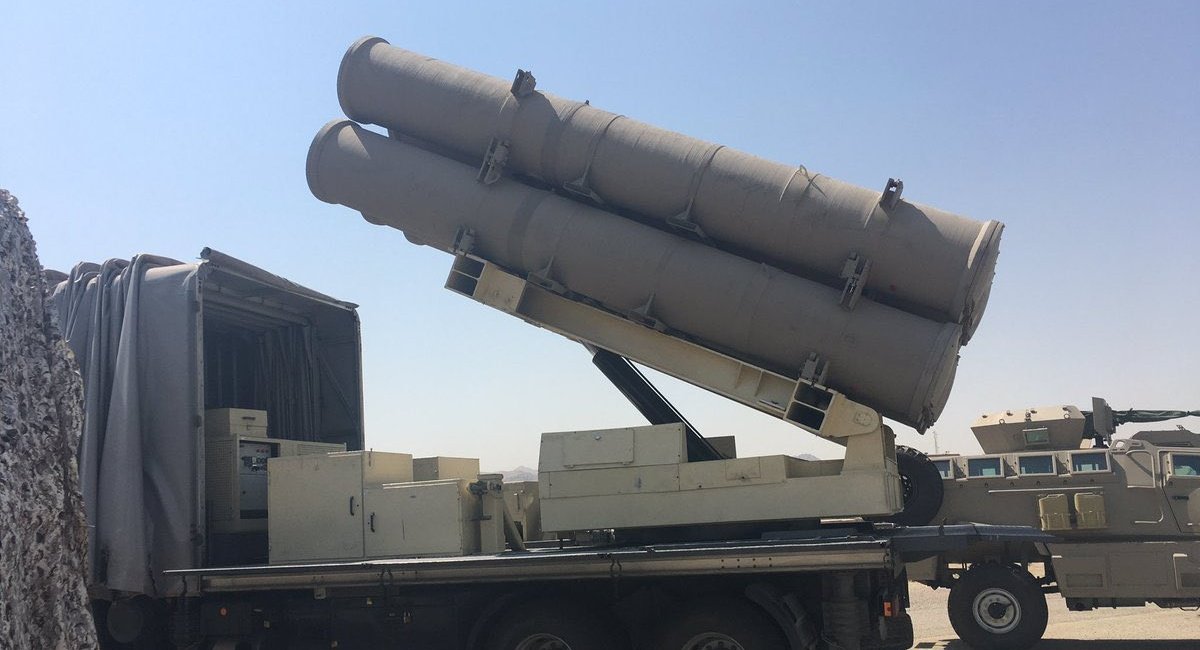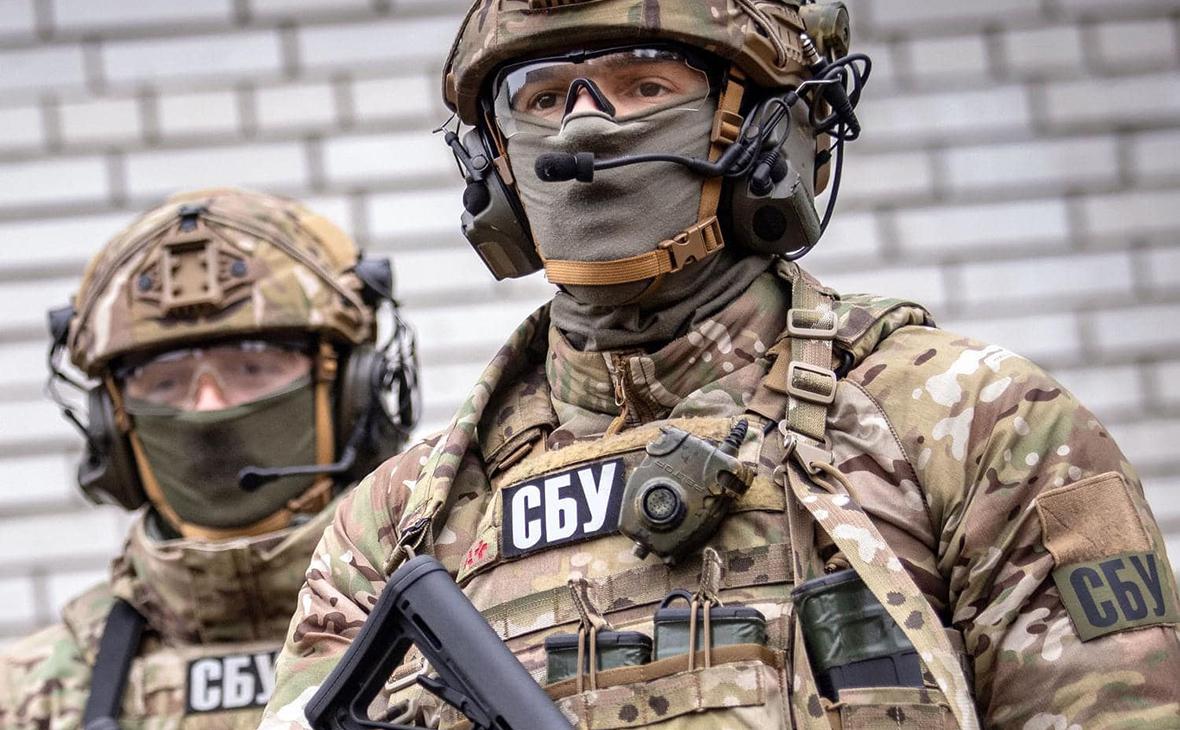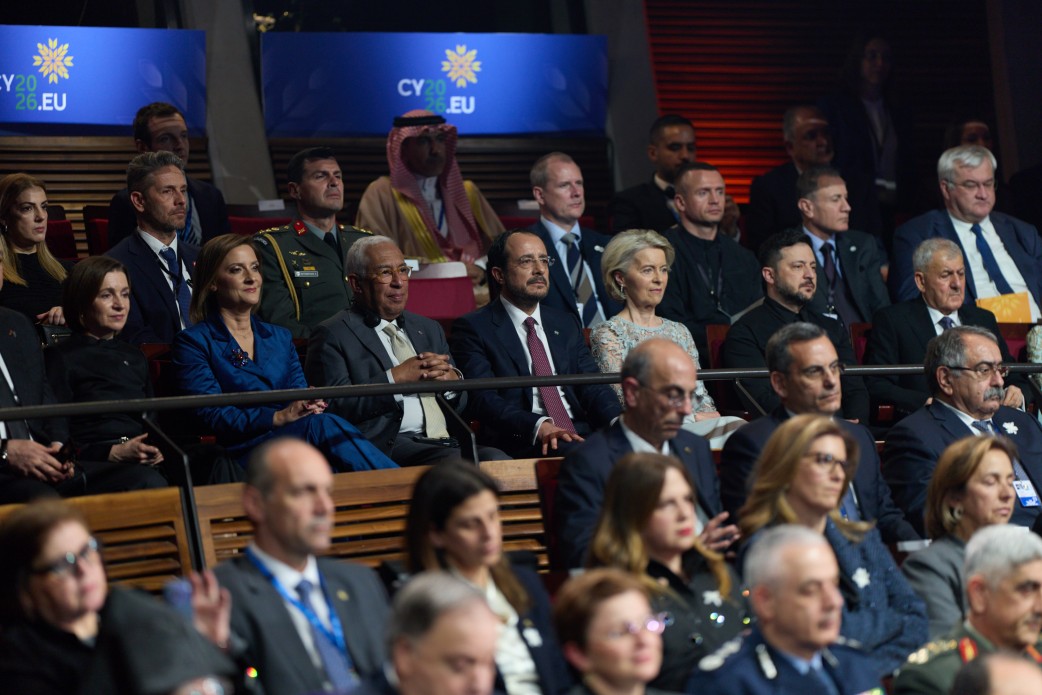By Alexander Kovalenko for Oboz
In recent days, Western media, citing various government and intelligence sources, have reported that Russia has allegedly received a batch of Fath-360 ballistic missiles from Iran for use against Ukrainian territory. While we have heard about such shipments from Iran for the past two years, no verified cases have been recorded so far. Nevertheless, the information should not be disregarded.
What Iran Supplies to Russian Forces
Iran began supplying weapons and munitions to Russia in the summer of 2022, becoming the second country after Belarus to do so. To date, verified deliveries include:
- UAVs: Mohajer-6, Shahed-131, Shahed-136;
- Air bombs: Ghaem-5;
- Helmets: NIJ II;
- Body armor: Rouin-3;
- ATGMs: Dehlaviyeh;
- Shells: 152mm for D-20, 130mm for M-46, 122mm for D-30;
- MLRS: 122mm shells.
Remarkably, over two years of military-technical cooperation between Iran and Russia, no ballistic missile deliveries have been recorded. But what if this time such a shipment actually occurred?
Fath-360
Several Western media outlets are now reporting that Russia has acquired the Fath-360. We have previously heard about Iranian ballistic missiles such as Fateh-110, Zolfaghar, and Dezful. It seems that media outlets, to attract readers, periodically "send" some Iranian ballistic missile to Russia, simply by cycling through names. However…
The Fath-360 is not exactly a ballistic missile. I will explain why I think this, but first, here are its characteristics:
- Range: 30-120 km (directly dependent on guidance capabilities);
- Warhead: 150 kg;
- Speed: Mach 3 in the main flight phase, Mach 4 during target approach;
- Guidance: Satellite.
Thus, this missile is a short-range weapon. What is most interesting is that, based on its characteristics and even its size (length 4 meters/diameter 30 cm), it resembles a hybrid between rocket artillery and surface-to-air guided missiles like the 5V55.
In other words, the Fath-360 is an analogue of the S-300 SAM system, but originally designed for surface strikes rather than adapted for surface use.
From this, we can infer that if Russia does receive the Fath-360, it will use these missiles similarly to the S-300, for terrorizing near-border zones, particularly in Sumy and Kharkiv regions, targeting regional centers.
These missiles will not have a critical impact on Ukraine’s rear areas or combat zones, just as thousands of S-300s released during the full-scale invasion of Ukraine did not.
Conclusions
This choice of weaponry by Russia might indicate at least two points:
-
Iran has a wide range of ballistic missiles with greater ranges and more powerful warheads, but Russia might have been provided with a modified, reduced-capability version of the S-300, intended solely for terrorizing rather than addressing tactical tasks.
Does this mean that for some reason, Tehran has not yet given Russia the green light to access Fateh-110, Zolfaghar, and Dezful? Is Iran waiting for a moment when Russia will be willing to pay much more for these missiles than they are worth?
-
What prevents Russia from continuing to strike Ukraine's border zone with guided missiles from the same S-300 systems? Instead, Moscow is purchasing a simplified version of such weapons from Tehran.
From this, we can make a very cautious inference that with the supply of S-300 SAMs dwindling, Russian occupiers are facing such difficulties in their third year of full-scale war that they are forced to buy more, not relying on their own production rates.
Nevertheless, I emphasize that we will only be able to make final conclusions when the first Iranian ballistic missile is indeed verified on Ukrainian territory. Until then, as the past two years have shown, this remains theoretical.



















